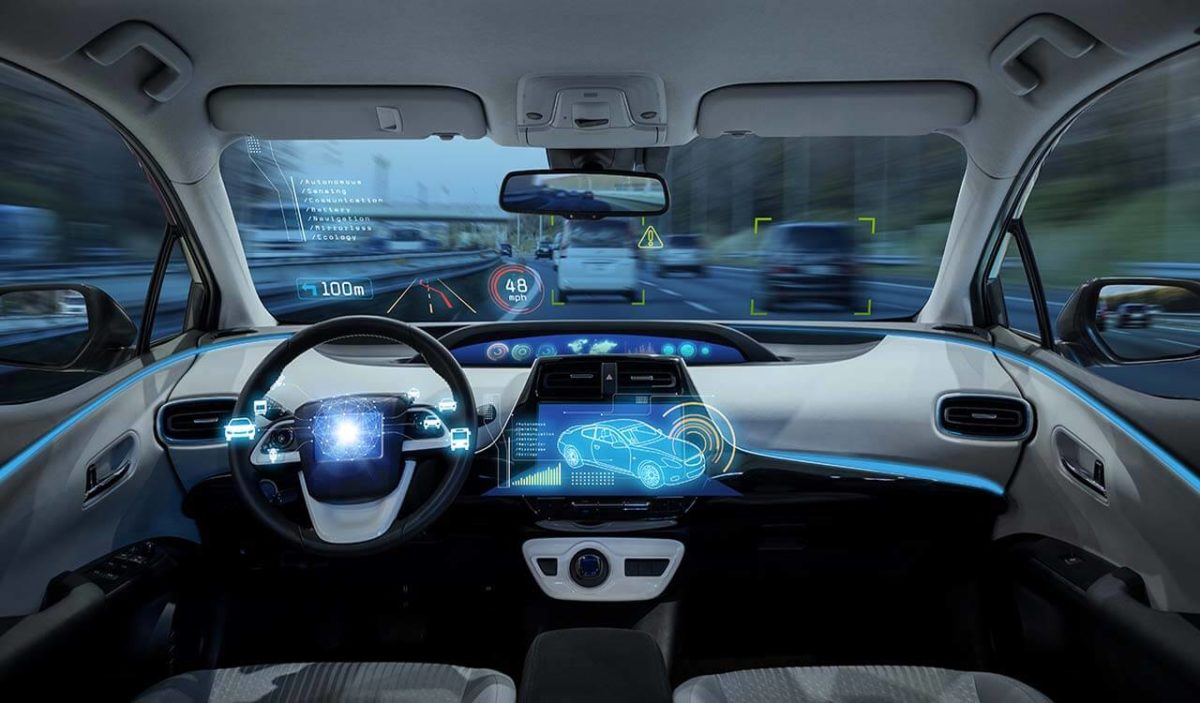I recently read an article by McKinsey about how digitization and machines will replace the human workforce. They described that predictable physical work will very likely soon be taken over by machines. Among the industry that will very likely be influenced by this trend, is the food service industry. Ever since, I often had to think about that.
I do like to cook and I am convinced that it is a fun activity. Sometimes, however, due to time constraints or just pure laziness, I prefer ordering food. I guess everybody knows that problem. I then began to imagine what the future food delivery industry might look like. It is astonishing what could happen and what benefits it could bring. In the following, I will present you a glimpse of my imagination:
Firstly, there will not be many individual restaurants anymore. In my opinion, there will be large facilities in which food will automatically be prepared for you. Sine human staff in only partly needed to run the machines (if at all), a large amount of food could be prepared at the same time in the same facility. It is needless to say that the concept of economies of scale would take place and the food could become much cheaper. Moreover, the variety of different kinds of food could increase. While many individual restaurants nowadays do not make profit out of “niche” recipes, big facilities could serve these few customers. After all, many recipes share the same basic ingredients. Lastly, the human staff that is responsible for delivering the food to your home will most likely be substituted by self-driving cars. Nevertheless, a big food processing company as I imagine it, could allow this autonomously driving vehicle to carry out several deliveries at once, since all meals are produced at the same physical location.
It will be interesting to see these developments. This very limited prediction could be far off though. Maybe we can also order groceries within a short time frame in the future and a little machine at home prepares the food that we want. Only time will tell!
Article by McKinsey:
https://www.mckinsey.com/business-functions/digital-mckinsey/our-insights/where-machines-could-replace-humans-and-where-they-cant-yet


